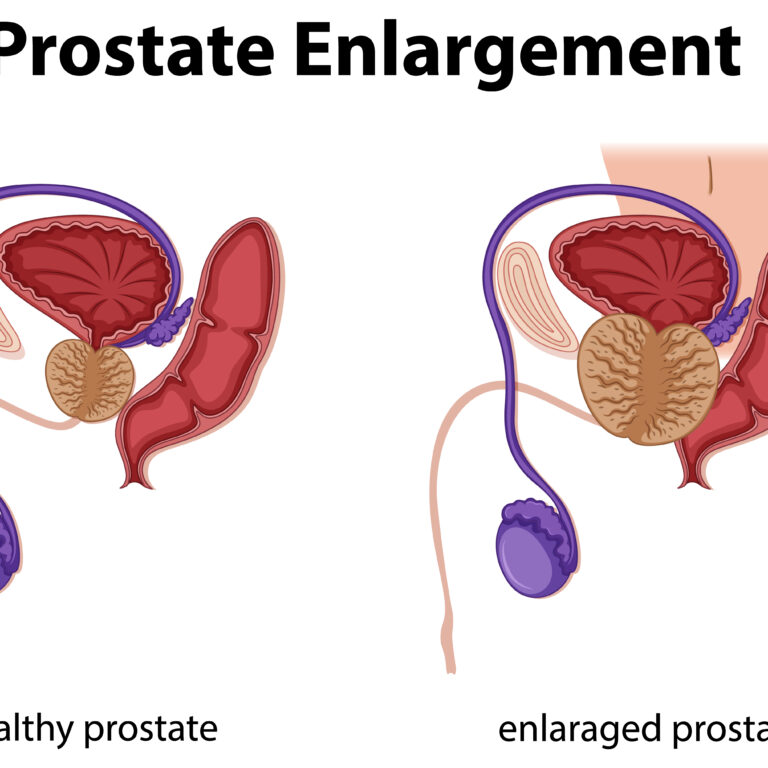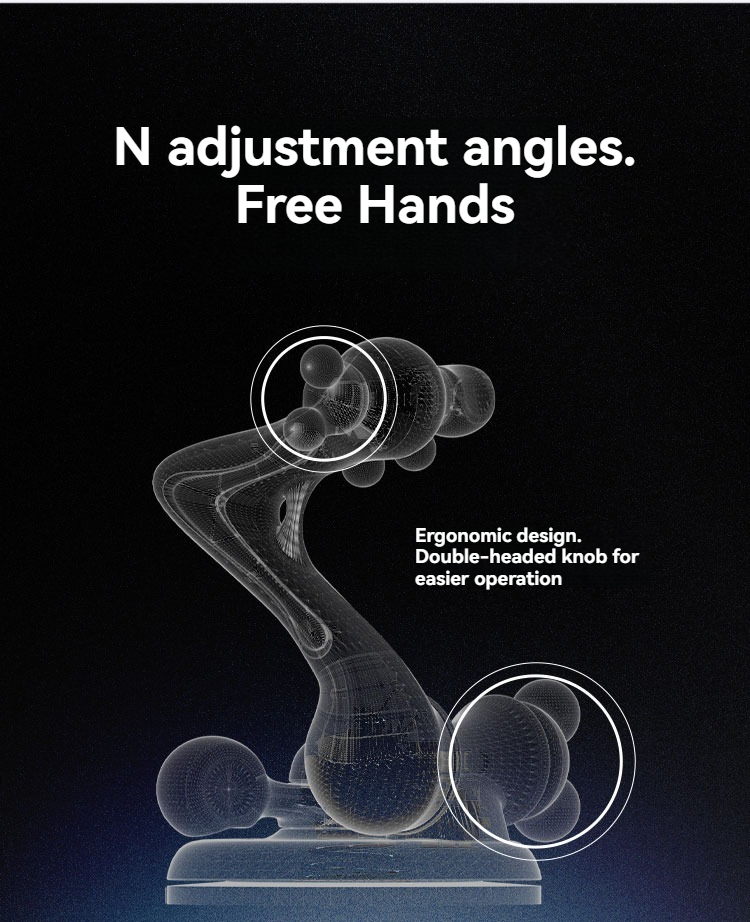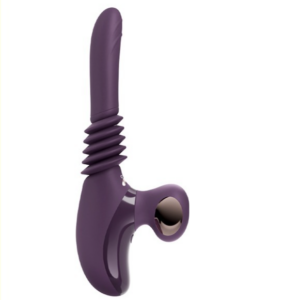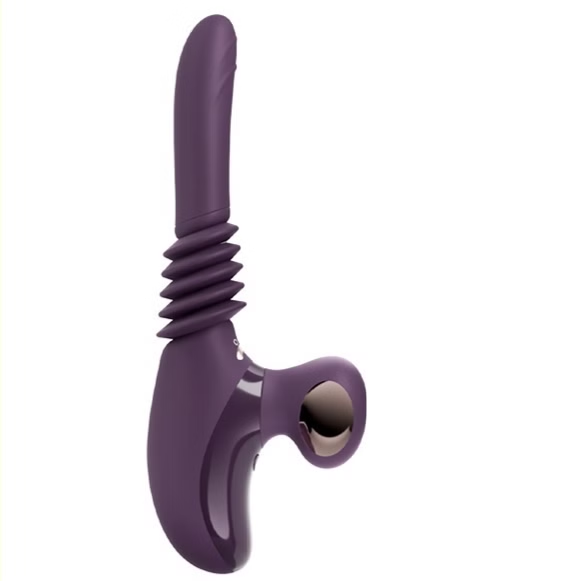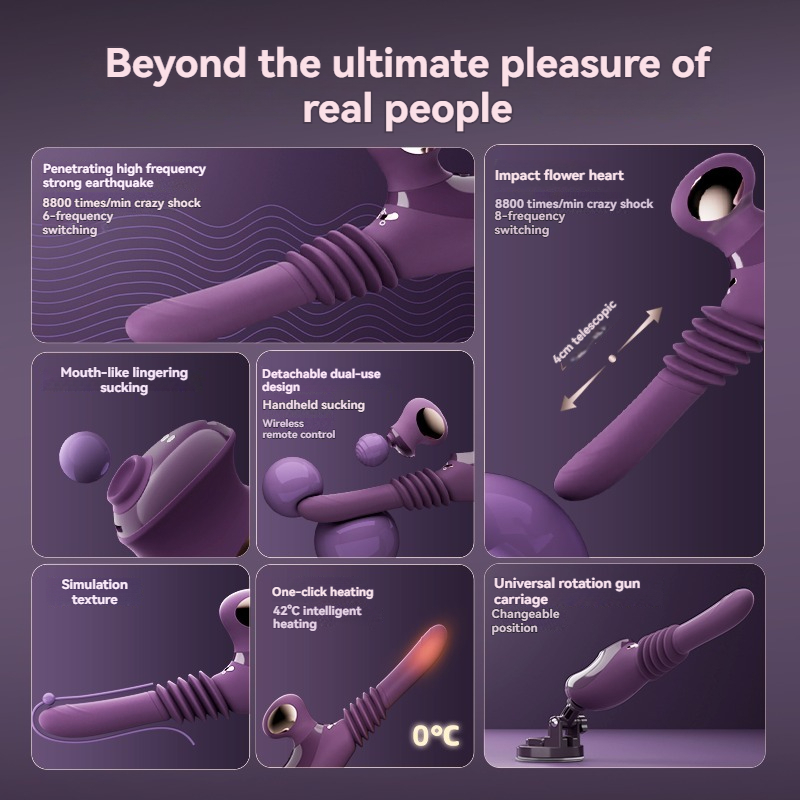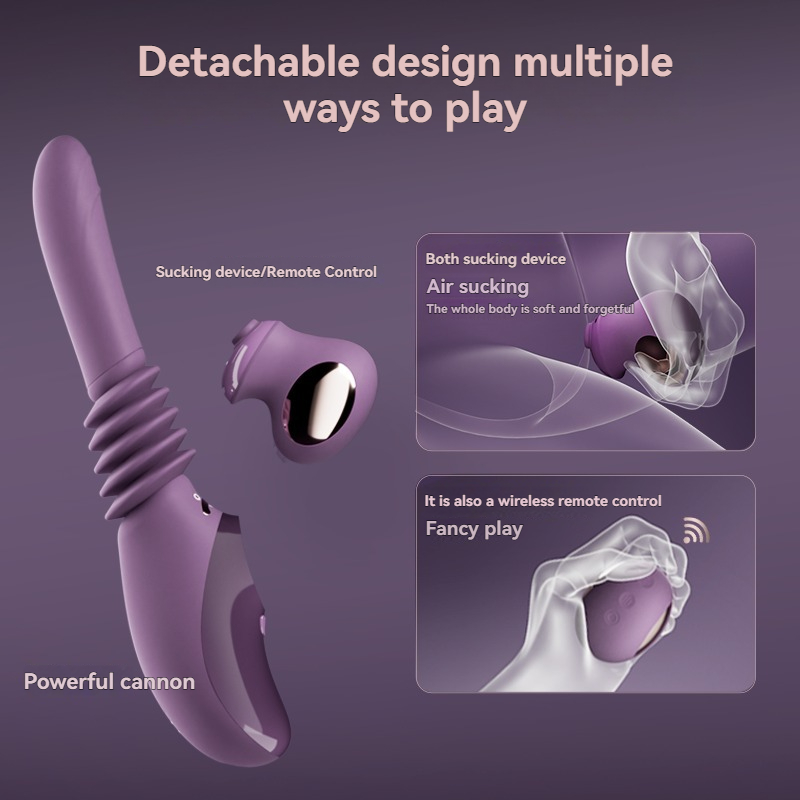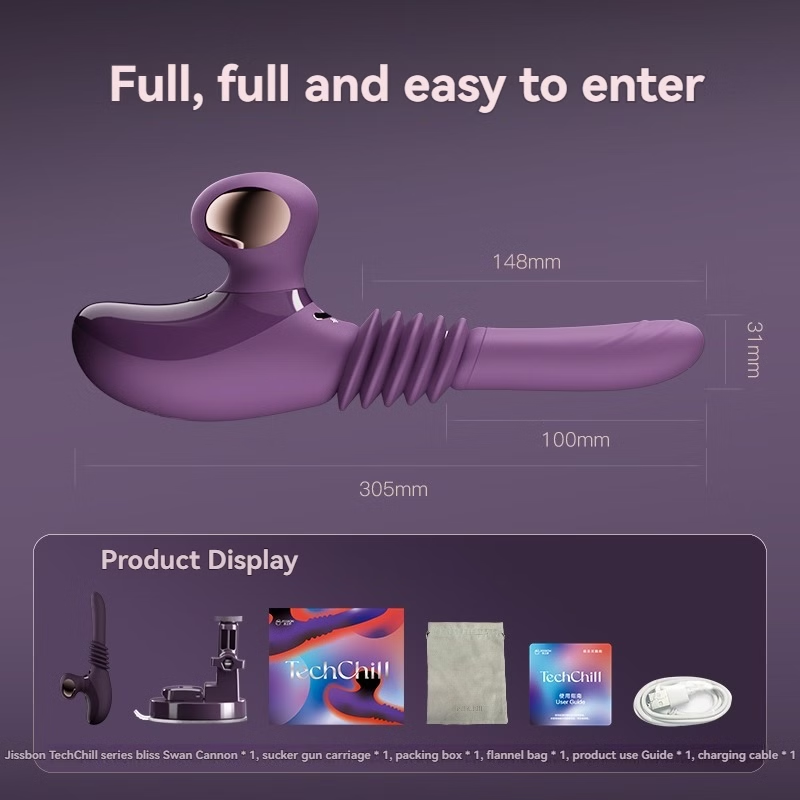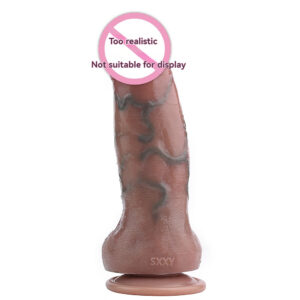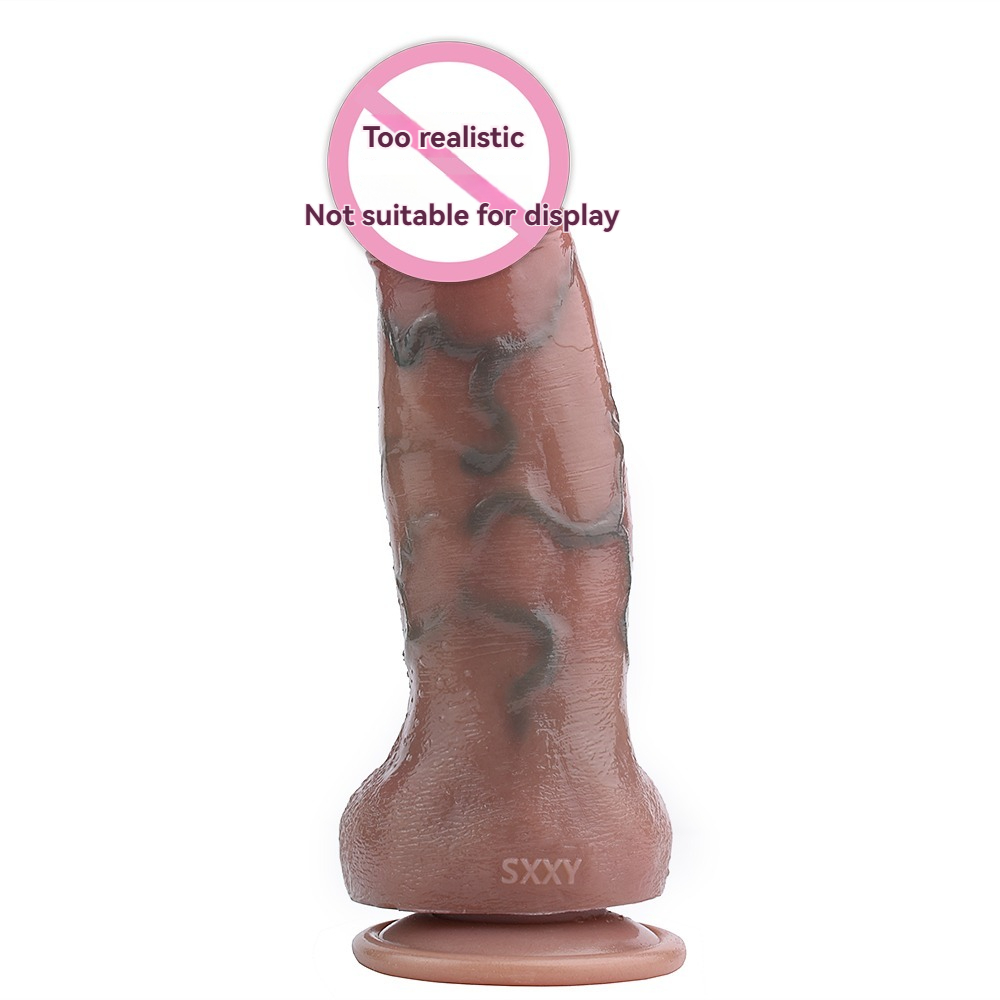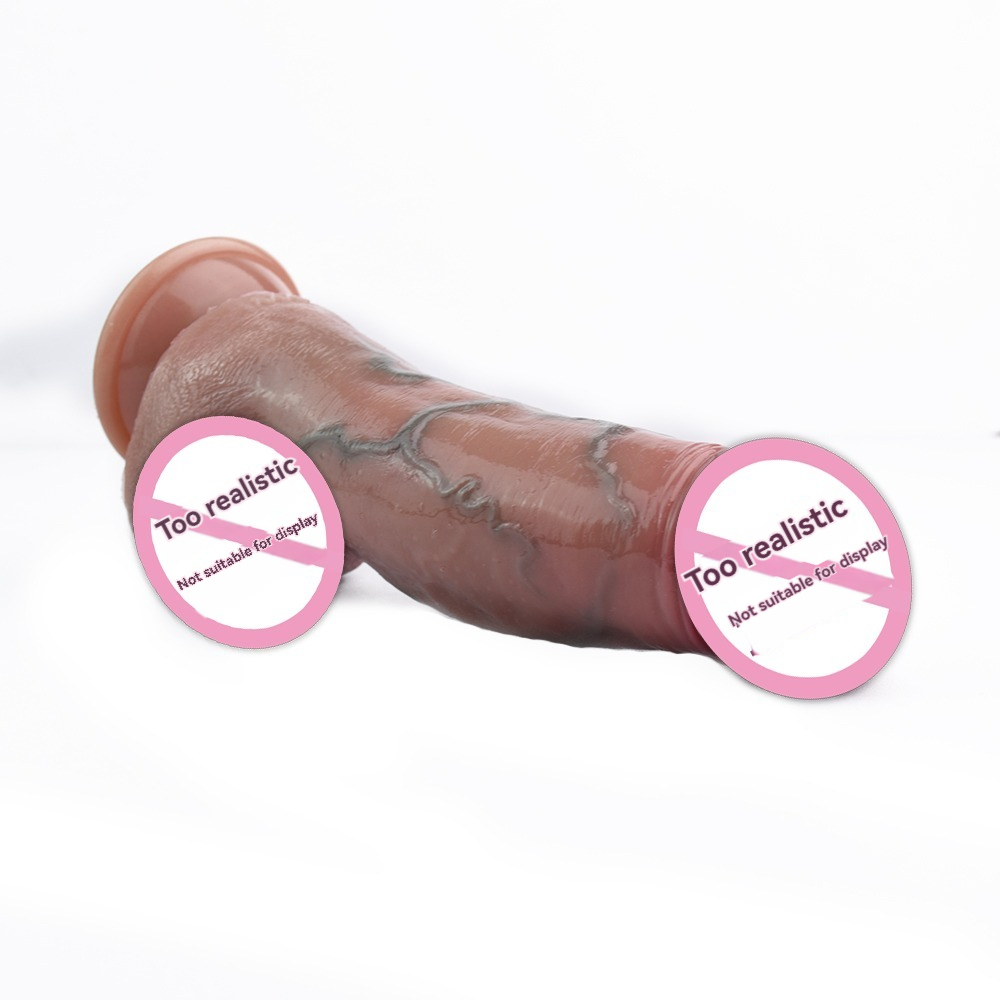The Role of BDSM Aftercare: Healing and Connection Post-Play

Key Takeaways-The Role of BDSM Aftercare
- Understanding Aftercare: Aftercare is a critical component of BDSM practices, focusing on the emotional and physical well-being of participants post-play.
- Types of Aftercare: Aftercare can vary widely, including physical comfort, emotional support, and reflective discussions, tailored to individual needs.
- Psychological Benefits: Proper aftercare enhances trust, intimacy, and emotional connection between partners, contributing to a healthier BDSM dynamic.
- Safety and Healing: Aftercare plays a vital role in mitigating potential negative emotions and ensuring the psychological safety of all participants.
- Best Practices: Effective aftercare involves clear communication, mutual understanding, and personalized approaches to support healing and connection.
- Integration into Relationships: Incorporating aftercare into regular BDSM activities strengthens relationships and fosters continuous growth and trust.
Table of Contents
- Introduction
- Understanding Aftercare in BDSM
- Types of Aftercare
- Psychological and Emotional Benefits
- Implementing Effective Aftercare
- Challenges and Solutions in Aftercare
- Case Studies and Real-Life Examples
- Conclusion
- Frequently Asked Questions (FAQs)
- References
Introduction
In the intricate world of BDSM (Bondage, Discipline, Dominance, Submission, Sadism, and Masochism), aftercare stands as a pillar of responsible and ethical practice. Often overshadowed by the intense dynamics of play, aftercare is the essential process that ensures participants transition smoothly from the heightened states of BDSM activities back to their everyday lives. It encompasses both emotional and physical support, fostering healing, connection, and mutual respect between partners.
At SextoyForYou.com, we recognize that BDSM is not solely about the thrill of the moment but also about the enduring relationship and trust that underpin each interaction. This comprehensive guide delves into the multifaceted role of aftercare in BDSM, exploring its significance, types, benefits, and best practices to ensure a secure and fulfilling kink experience.
Whether you are a novice venturing into BDSM or an experienced practitioner seeking to refine your practices, understanding and implementing effective aftercare can transform your BDSM dynamics, enhancing both safety and intimacy.
Understanding Aftercare in BDSM
Defining Aftercare
Aftercare refers to the period following a BDSM session where partners engage in activities that provide emotional and physical comfort. It is a time for both the dominant and submissive to reconnect, process their experiences, and ensure that all participants feel secure and valued.
Unlike the intense and often public nature of BDSM play, aftercare is a private, intimate practice tailored to the needs of the individuals involved. It serves as a bridge between the high-energy dynamics of BDSM and the calm of everyday life, ensuring that the experience is both safe and emotionally fulfilling.
Historical Context
The concept of aftercare has evolved alongside the broader acceptance and understanding of BDSM practices. Historically, BDSM was often stigmatized and shrouded in secrecy, with limited discussions about the importance of emotional and physical recovery post-play.
As BDSM communities grew and became more organized, particularly in the late 20th and early 21st centuries, the emphasis on aftercare became more pronounced. The rise of online forums, educational resources, and academic research highlighted the necessity of aftercare in maintaining healthy BDSM relationships and preventing psychological harm.
Academic studies, such as those by Weiss (2006) and Joyal, Cossette, & Lapierre (2010), have underscored the critical role of aftercare in mitigating negative emotional responses and fostering positive relational dynamics within BDSM practices.
The Importance of Aftercare
Aftercare is not merely a supplementary practice but a fundamental aspect of BDSM that ensures the well-being of all participants. Its importance can be distilled into several key areas:
- Emotional Stability: Aftercare helps participants transition from the heightened emotional states of BDSM play to a more balanced and stable emotional state.
- Trust Building: Consistent and thoughtful aftercare reinforces trust between partners, essential for the ongoing success of D/s (Dominance and Submission) dynamics.
- Physical Recovery: Physical activities in BDSM, such as impact play or bondage, can leave the body in a state that requires care and attention to prevent long-term harm.
- Preventing Aftereffects: Without proper aftercare, participants may experience “subdrop” (a drop in mood and well-being post-play) or “domdrop” (similar effects for dominants), which can lead to emotional distress.
Two women share an intimate moment in bed, exploring their connection with lingerie and playful bondage.
Types of Aftercare
Aftercare is a versatile practice that can be tailored to the specific needs of the individuals involved. It generally falls into three broad categories: physical, emotional, and reflective aftercare.
Physical Aftercare
Physical aftercare focuses on the body, ensuring that any physical exertion or restraint during BDSM play is addressed and alleviated.
Comfort and Warmth
- Blankets and Pillows: Providing warmth through blankets and comfort through pillows helps participants relax and recover physically.
- Hydration and Nutrition: Offering water, tea, or light snacks can replenish energy and aid in physical recovery.
Soothing Aids
- Massage: Gentle massage can alleviate any residual muscle tension or soreness from physical activities.
- Topical Treatments: Applying soothing lotions or oils can address any skin irritation or minor injuries sustained during play.
Emotional Aftercare
Emotional aftercare addresses the psychological impact of BDSM activities, ensuring that participants feel secure and valued.
Reassurance and Affirmation
- Verbal Reassurance: Dominants can offer words of affirmation, expressing care and appreciation for their submissives.
- Emotional Support: Submissives may seek validation and understanding from their dominants, fostering a sense of emotional safety.
Dialogue and Reflection
- Discussing the Session: Engaging in conversations about what worked well and what could be improved helps both partners process the experience.
- Expressing Feelings: Allowing space for participants to share their emotions promotes mutual understanding and emotional healing.
Reflective Aftercare
Reflective aftercare involves introspection and shared reflection on the BDSM experience, promoting personal growth and relational understanding.
Journaling and Self-Reflection
- Personal Journals: Keeping a journal to document thoughts and feelings post-play can aid in personal processing and growth.
- Shared Reflection: Partners may discuss their individual experiences and insights, enhancing their relational bond.
Setting Future Goals
- Improvement Plans: Identifying areas for improvement in future sessions ensures continuous enhancement of BDSM practices.
- Boundary Reevaluation: Regularly reassessing boundaries and limits maintains the relevance and safety of the BDSM dynamic.
Psychological and Emotional Benefits
Aftercare plays a pivotal role in enhancing the psychological and emotional well-being of BDSM participants. By addressing the aftermath of intense BDSM activities, aftercare fosters a deeper connection and promotes overall mental health.
Building Trust and Intimacy
Trust Development
Trust is the cornerstone of any successful BDSM relationship, especially within D/s dynamics. Aftercare reinforces this trust by demonstrating the dominant’s commitment to the submissive’s well-being.
- Consistent Support: Regular aftercare practices show reliability and dedication, strengthening the trust bond.
- Vulnerability Sharing: Both partners engage in moments of vulnerability during aftercare, deepening their emotional connection.
Intimacy Enhancement
Intimacy in BDSM is not solely about physical closeness but also emotional and psychological bonding. Aftercare enhances this intimacy by providing a safe space for emotional expression and connection.
- Emotional Reconnection: Aftercare sessions allow partners to reconnect emotionally, ensuring that the intensity of BDSM play does not create emotional distance.
- Affirmative Interaction: Positive aftercare interactions reinforce the emotional bond and mutual appreciation between partners.
BDSM enthusiast in a chic black bra playfully handles a whip, embodying confidence and allure.
Enhancing Emotional Connection
Emotional Regulation
Aftercare assists in regulating the intense emotions elicited during BDSM play, promoting emotional balance and stability.
- Mood Stabilization: Addressing emotional highs and lows post-play helps maintain a stable emotional state.
- Stress Reduction: Aftercare activities like cuddling or soothing conversation can significantly reduce stress levels, contributing to overall mental health.
Relational Satisfaction
Effective aftercare contributes to greater relational satisfaction by ensuring that both partners feel supported and valued.
- Mutual Satisfaction: Participants experience a sense of fulfillment and contentment, knowing that their emotional needs are met.
- Conflict Prevention: Addressing any issues or discomforts during aftercare prevents misunderstandings and potential conflicts in the future.
Promoting Personal Growth
Self-Awareness
Engaging in aftercare encourages self-reflection and self-awareness, aiding in personal development.
- Understanding Limits: Reflecting on personal boundaries and limits enhances self-knowledge and assertiveness.
- Emotional Intelligence: Aftercare fosters emotional intelligence by encouraging the recognition and management of one’s emotions.
Empowerment
Both dominants and submissives can experience empowerment through aftercare, reinforcing their roles and personal agency within the BDSM dynamic.
- Dominant Empowerment: Dominants gain confidence in their ability to care for and support their submissives.
- Submissive Empowerment: Submissives feel empowered by their ability to communicate their needs and boundaries effectively.
Implementing Effective Aftercare
Implementing effective aftercare requires intentional planning, open communication, and a deep understanding of each partner’s needs. The following sections outline best practices and strategies for integrating aftercare into BDSM relationships.
Communication and Planning
Pre-Play Discussions
Before engaging in BDSM activities, partners should discuss their aftercare needs and preferences to ensure a smooth transition post-play.
- Establish Aftercare Protocols: Determine what aftercare practices each partner prefers, such as physical comfort or emotional support.
- Set Expectations: Clearly outline expectations for aftercare to prevent misunderstandings and ensure both partners feel prepared.
During Play Communication
Maintaining open communication during BDSM activities facilitates effective aftercare by allowing partners to gauge each other’s needs and adjust accordingly.
- Check-Ins: Regularly check in with each other to ensure that the activities remain consensual and comfortable.
- Non-Verbal Cues: Pay attention to non-verbal signals that may indicate the need for a pause or adjustment in the activity.
Tailoring Aftercare to Individual Needs
Aftercare should be personalized to address the unique needs and preferences of each participant. Understanding these individual requirements ensures that aftercare is both effective and meaningful.
Dominant’s Role in Aftercare
Dominants play a crucial role in providing aftercare, demonstrating their commitment to the submissive’s well-being.
- Emotional Support: Offer words of affirmation, reassurance, and express appreciation for the submissive’s trust.
- Physical Comfort: Provide blankets, water, or any physical comforts that the submissive may require.
- Space for Expression: Allow the submissive to express their feelings and experiences openly.
Submissive’s Role in Aftercare
Submissives also have a role in aftercare by communicating their needs and participating actively in the recovery process.
- Express Needs: Clearly communicate what type of aftercare is needed, whether it’s physical comfort or emotional support.
- Feedback Sharing: Provide feedback on what aftercare practices were most helpful and any areas that need adjustment.
Aftercare Techniques and Practices
Implementing a variety of aftercare techniques can cater to different needs and enhance the overall effectiveness of the process.
Physical Aftercare Practices
- Cuddling: Physical closeness through cuddling promotes feelings of security and comfort.
- Hydration and Nutrition: Providing fluids and light snacks helps replenish energy and support physical recovery.
- Massage and Soothing Touch: Gentle massage or soothing touch can alleviate any residual physical tension or discomfort.
Emotional Aftercare Practices
- Verbal Affirmations: Dominants can offer affirming statements to reassure submissives of their value and the positive aspects of the session.
- Active Listening: Actively listening to the submissive’s experiences and feelings fosters emotional healing and understanding.
- Expressing Gratitude: Both partners can express gratitude for the trust and vulnerability shared during the session.
Reflective Aftercare Practices
- Session Debrief: Discussing what went well and what could be improved helps refine future BDSM activities.
- Journaling: Encouraging personal journaling can aid in individual reflection and emotional processing.
- Setting Future Goals: Identifying goals for future sessions ensures continuous growth and improvement in the BDSM dynamic.
Challenges and Solutions in Aftercare
While aftercare is essential, it can present challenges that require thoughtful strategies to address effectively. This section explores common challenges and provides solutions to ensure that aftercare remains a beneficial practice.
Addressing Varied Needs
Challenge: Diverse Preferences
Each participant may have different preferences and needs when it comes to aftercare, making it challenging to create a one-size-fits-all approach.
Solution: Personalized Aftercare Plans
- Individual Discussions: Engage in open discussions about each other’s aftercare preferences and needs.
- Flexible Practices: Incorporate a variety of aftercare techniques to accommodate different preferences, ensuring that each participant feels supported.
- Adaptability: Be willing to adjust aftercare practices based on the experiences and feedback from previous sessions.
Overcoming Communication Barriers
Challenge: Difficulty Expressing Needs
Some participants may find it challenging to articulate their aftercare needs, especially in the heat of the moment.
Solution: Establish Clear Communication Protocols
- Safe Words and Signals: Utilize safe words and non-verbal signals to communicate needs effectively during aftercare.
- Pre-Established Agreements: Agree on specific phrases or actions that can indicate the need for certain types of aftercare.
- Encourage Openness: Foster an environment where both partners feel comfortable expressing their needs without judgment.
Ensuring Consistency
Challenge: Inconsistent Aftercare Practices
Inconsistencies in aftercare can lead to feelings of neglect or unmet needs, undermining trust and emotional security.
Solution: Integrate Aftercare into Routine
- Scheduled Aftercare Sessions: Make aftercare a non-negotiable part of every BDSM session, ensuring consistency.
- Checklists and Reminders: Use checklists to remember key aftercare practices and set reminders to maintain regularity.
- Shared Responsibility: Distribute aftercare responsibilities between partners to ensure that both feel involved and supported.
Case Studies and Real-Life Examples
Examining real-life scenarios provides practical insights into the implementation and impact of aftercare in BDSM relationships.

Case Study 1: Strengthening Relationship Through Aftercare
Background: Lisa and Tom, a couple exploring BDSM, found that their intense sessions sometimes left them emotionally disconnected post-play. Recognizing the need for better aftercare, they decided to revamp their aftercare practices.
Implementation:
- Structured Aftercare: They established a structured aftercare routine that included cuddling, verbal affirmations, and a debriefing session to discuss their experiences.
- Personalized Care: Lisa preferred quiet time with soft music and blankets, while Tom appreciated verbal reassurance and physical closeness.
- Continuous Feedback: They incorporated regular feedback sessions to adjust and improve their aftercare practices based on each other’s needs.
Outcome: The new aftercare routine significantly enhanced their emotional connection, reducing feelings of disconnection and fostering a deeper sense of trust and intimacy. Their relationship became more resilient, with both partners feeling more secure and valued.
Case Study 2: Overcoming Emotional Distress with Proper Aftercare
Background: Mark and Julia experienced emotional distress after particularly intense BDSM sessions, leading to feelings of anxiety and guilt. They realized that their aftercare practices were insufficient in addressing these emotional challenges.
Implementation:
- Enhanced Emotional Support: They introduced more comprehensive emotional support during aftercare, including active listening and expressing gratitude for each other’s trust.
- Professional Guidance: Seeking advice from a BDSM-aware therapist, they learned techniques to better manage and support each other’s emotional responses.
- Aftercare Education: They educated themselves on different aftercare practices, incorporating elements like guided meditation and joint journaling to process their experiences together.
Outcome: With improved aftercare, Mark and Julia were able to mitigate feelings of anxiety and guilt, fostering a healthier emotional environment. Their BDSM sessions became more enjoyable and less distressing, enhancing their overall relationship satisfaction.
Conclusion
Aftercare is an indispensable component of BDSM practices, ensuring that participants transition safely and emotionally from intense BDSM activities back to their everyday lives. By prioritizing aftercare, individuals can foster deeper trust, enhance intimacy, and promote personal growth within their BDSM relationships.
Effective aftercare involves a combination of physical comfort, emotional support, and reflective practices tailored to the unique needs of each participant. Overcoming challenges such as varied preferences and communication barriers requires thoughtful strategies and a commitment to continuous improvement.
At SextoyForYou.com, we are dedicated to supporting your BDSM journey by offering a curated selection of high-quality products designed to enhance your aftercare practices. From soothing lotions to comfortable blankets, our range ensures that you have the tools necessary to provide effective aftercare, promoting healing and connection post-play.
Embrace the transformative power of aftercare with confidence and knowledge, ensuring that every BDSM experience is not only thrilling but also safe, respectful, and deeply fulfilling. Explore our collection today and take the next step in your BDSM adventure with the assurance of quality and support that SextoyForYou.com provides.
Frequently Asked Questions (FAQs)
1. What is aftercare in BDSM, and why is it important?
Aftercare in BDSM refers to the period following a BDSM session where partners engage in activities that provide emotional and physical comfort. It is crucial because it helps participants transition from the intense dynamics of BDSM play back to their everyday lives, ensuring emotional stability, reinforcing trust, and addressing any physical needs or discomforts that may have arisen during the session (Weiss, 2006).
2. What are some common aftercare practices?
Common aftercare practices include cuddling, providing blankets and water, offering verbal reassurances, engaging in open discussions about the session, and performing gentle physical massages. The specific practices can vary based on individual preferences and the nature of the BDSM activities undertaken (Joyal, Cossette, & Lapierre, 2010).
3. How can partners ensure that aftercare is effective?
To ensure effective aftercare, partners should establish clear communication about their aftercare needs beforehand, tailor the aftercare practices to individual preferences, maintain consistency in their aftercare routines, and be attentive to each other’s emotional and physical states. Regular feedback and adjustments based on experiences can also enhance the effectiveness of aftercare (Smith, 2015).
4. Can aftercare help in preventing negative emotional effects post-BDSM sessions?
Yes, proper aftercare can significantly mitigate negative emotional effects such as “subdrop” (a drop in mood and well-being post-play) by providing emotional support, physical comfort, and a structured environment to process the intense emotions experienced during BDSM activities. This helps maintain emotional balance and prevents long-term psychological distress (Weiss, 2006).
5. What should I do if I forget to provide aftercare after a BDSM session?
If aftercare is inadvertently skipped, it’s important to address it as soon as possible. Reach out to your partner to apologize and discuss how you can provide the necessary support now. Acknowledge any emotional or physical needs they might have and take immediate steps to offer comfort, such as physical closings like cuddling or verbal reassurances. Moving forward, establish reminders or protocols to ensure that aftercare becomes a consistent part of your BDSM practices.
References
Campbell, A. (2010). Consensual Sadomasochism: The Psychology of BDSM Practices. Psychology Press. Retrieved from https://www.routledge.com/Consensual-Sadomasochism-The-Psychology-of-BDSM-Practices/Campbell/p/book/9780415814903
Joyal, C. C., Cossette, A., & Lapierre, V. (2010). What Exactly is Kink? A Review of the Psychometric Properties of the BDSM-Related Inventory. Archives of Sexual Behavior, 39(2), 345-348. Retrieved from https://link.springer.com/article/10.1007/s10508-009-9495-3
Kleinplatz, P. J. (2004). The Kink in the G-Spot: The Psychology of Female Sexual Arousal. Routledge. Retrieved from https://www.routledge.com/The-Kink-in-the-G-Spot-The-Psychology-of-Female-Sexual-Arousal/Kleinplatz/p/book/9780415368390
Levitt, H. M., & Moser, C. (2006). BDSM and Sexuality: An Overview. Journal of Sex Research, 43(3), 220-228. Retrieved from https://www.tandfonline.com/doi/abs/10.1080/00224490601193848
McDonald, T. (2014). Shibari You Can Use: Japanese Rope Bondage and Erotic Macramé. Lethe Press. Retrieved from https://lethepress.com/products/shibari-you-can-use-japanese-rope-bondage-and-erotic-macrame
Price, D. (2012). Power Exchange in BDSM Relationships. Sexuality Research and Social Policy, 9(2), 123-134. Retrieved from https://link.springer.com/article/10.1007/s13178-012-0082-2
Rough, V. (2005). Different Loving: An Exploration of the World of Sexual Dominance and Submission. Villard. Retrieved from https://www.penguinrandomhouse.com/books/58941/different-loving-by-vincent-rough/
Smith, L. (2015). Subspace and Subdrop: The Emotional Aspects of BDSM. International Journal of Human Sexuality, 19(4), 321-330. Retrieved from https://www.tandfonline.com/doi/abs/10.1080/14681994.2015.1012304
Weiss, M. D. (2006). Aftercare: Essential Practices for Emotional Recovery in BDSM. Journal of Trauma & Dissociation, 7(3), 165-172. Retrieved from https://www.tandfonline.com/doi/abs/10.1300/J229v07n03_11









